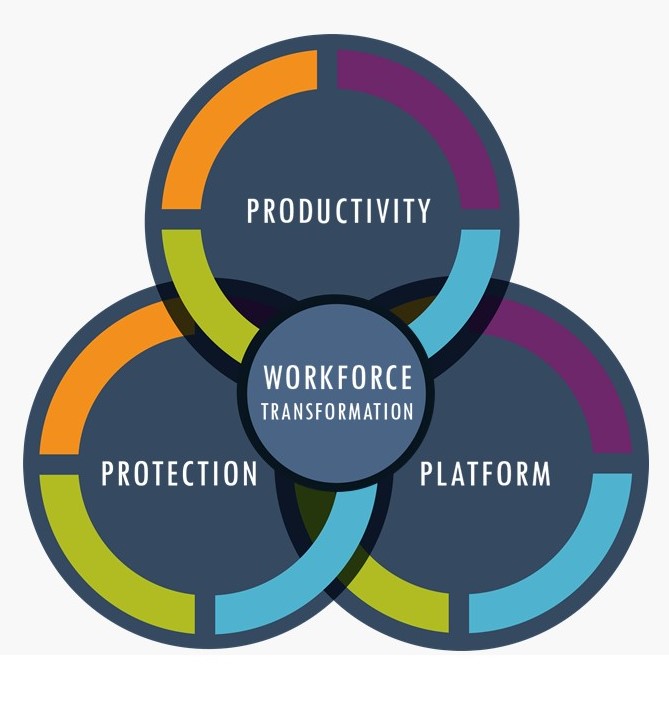

Across industrial and infrastructure markets, “disruption” and “digital transformation” are the buzzwords often used to describe the fundamentals of today’s digital economies. They describe a broad set of market characteristics that have come about due to improvements in the use of data, technology, and interconnectivity.
More data is being generated and accessed than ever before. Increasingly, physical assets (devices, machines, and other “things”) are being interconnected. Advanced technologies, such as machine learning, proliferate. The cost of these advancements continues to drop, encouraging industrial and infrastructure-related organizations to harness this combination to modernize, improve, and transform their businesses and services. One goal is to put barriers in place to prevent competitors from accessing new and existing markets and revenue.
Currently, many companies view this digital transformation as being technology-driven. Machine learning, cloud architecture, microservices, augmented reality, and IIoT platforms are just some of the technologies driving endless discussion among end users as well as fierce competition among solution providers.
Often missing from these conversations is a focus on the human element of digital transformation. Where do people fit in? The changes that digital transformation will have in the  workforce are likely to be the most far-reaching and sustained effects. Not only will digital transformation change the number of people needed to do work, it will rewrite how that work gets done.
workforce are likely to be the most far-reaching and sustained effects. Not only will digital transformation change the number of people needed to do work, it will rewrite how that work gets done.
As such, those planning or going through digital transformation quickly realize that managing the human element successfully can be the most difficult aspect of the journey. That makes sense, as machines don’t “push back” when it comes to change, but people often do. Also, these transformation initiatives almost always have direct impact on humans. Knowledge and expertise, hiring practices and staffing levels, teams and organizational design, sales and support, customer engagement, etc. are all eventually affected.
ARC Advisory Group clients can view the complete report at ARC Main Client Portal or at ARC Office 365 Client Portal
If you would like to buy this report or obtain information about how to become a client, please Contact Us

